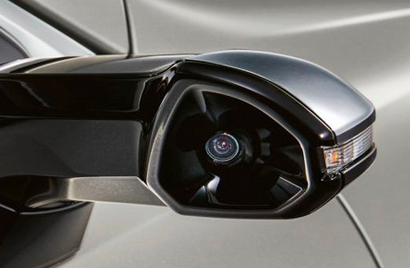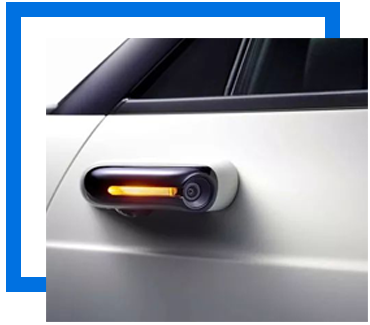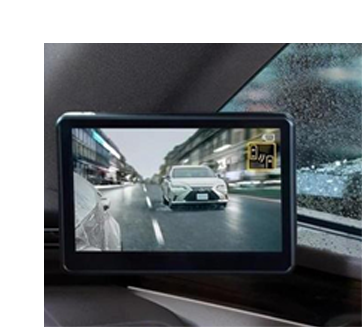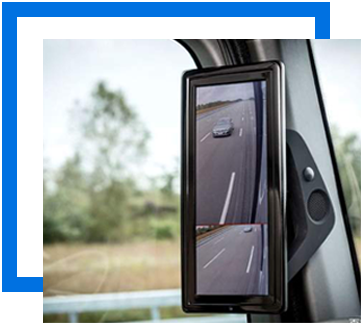
Mirror,Mirror on the Car:
Who's the Most Reliable of Them All?

Smaller structure and lower air resistance


Smaller blind spot


• Exterior parts: head lamp, bumper, radiator, grilles
• Interiors parts: EPB, door panels, instrument panels
• Electronic parts: battery packs, charging stations, voltage motor

